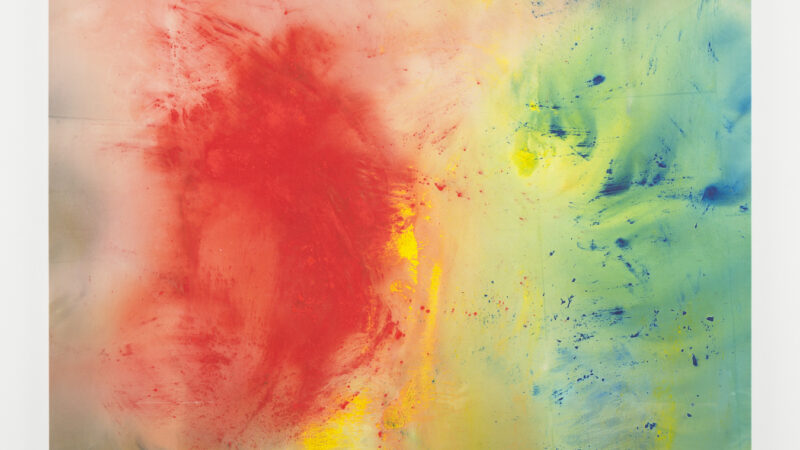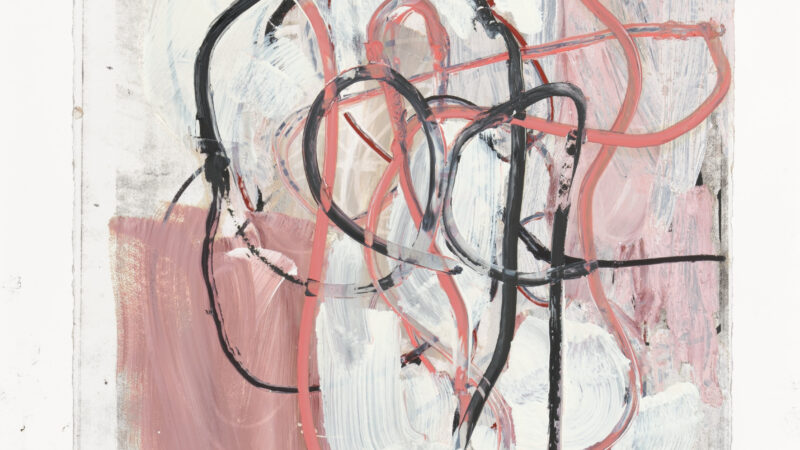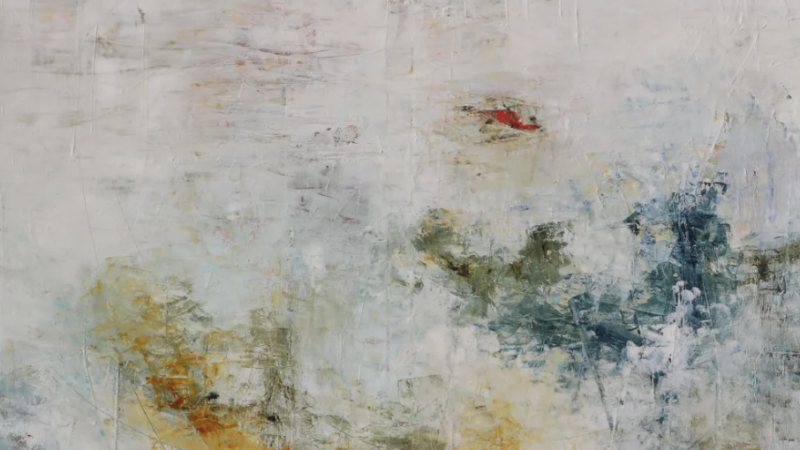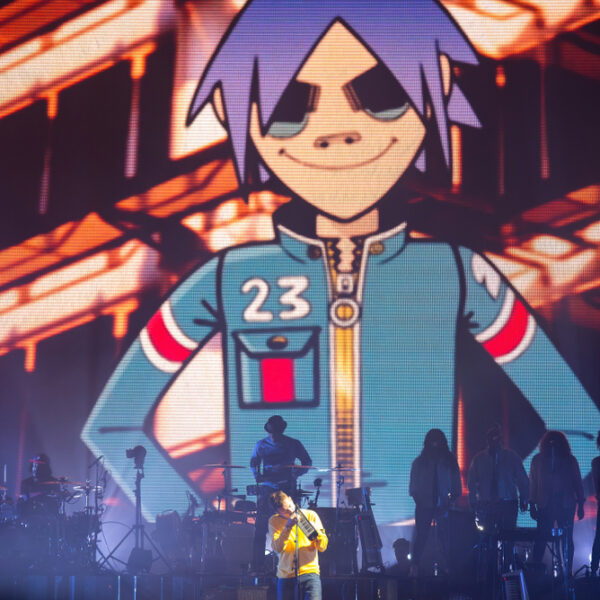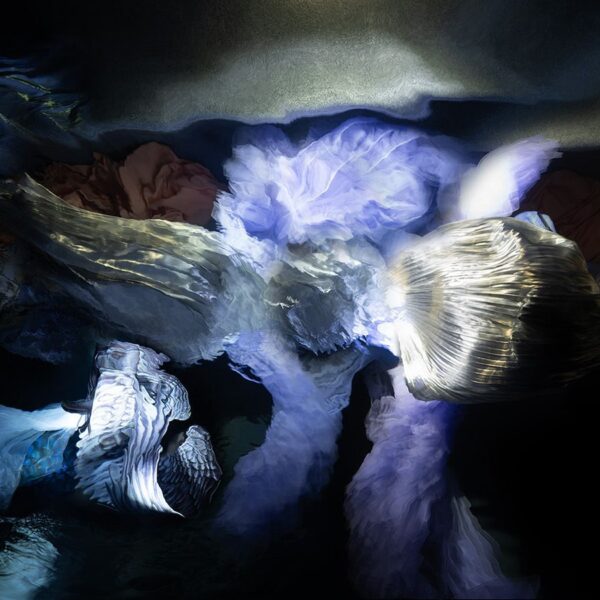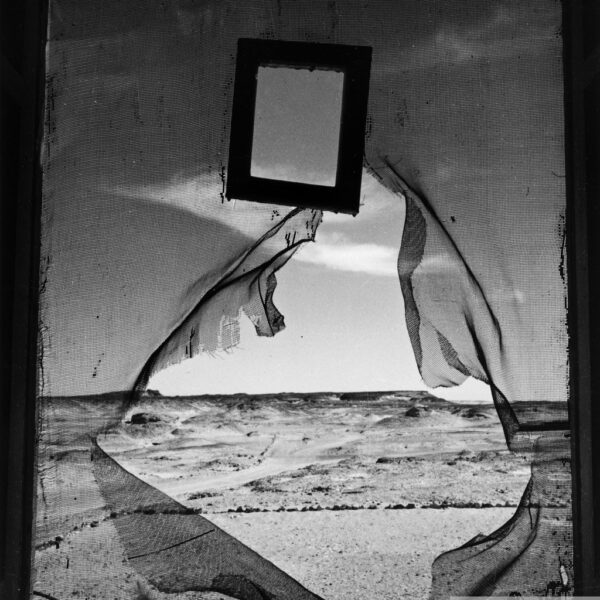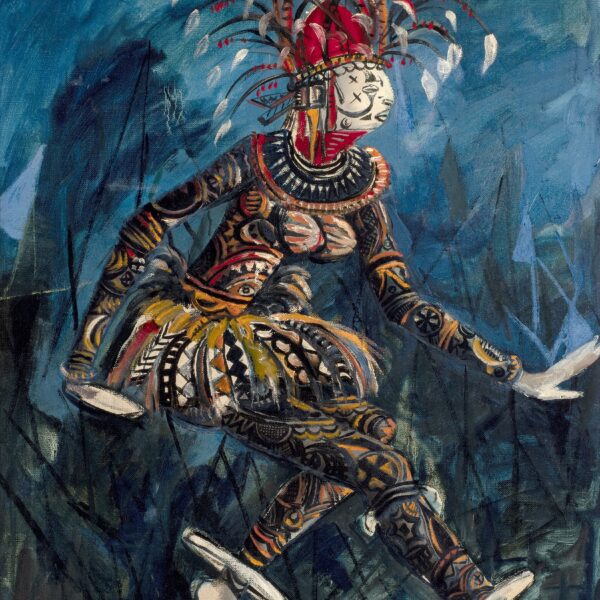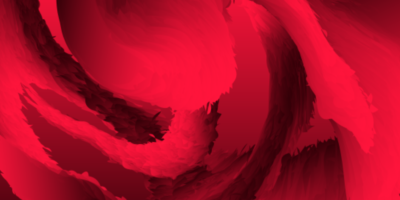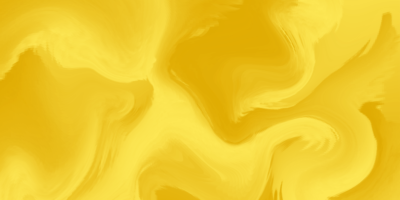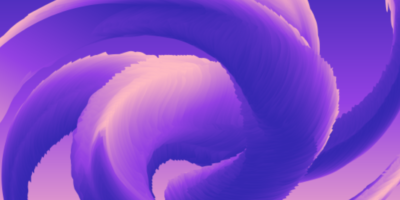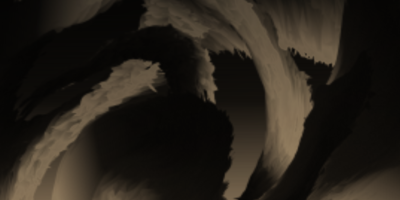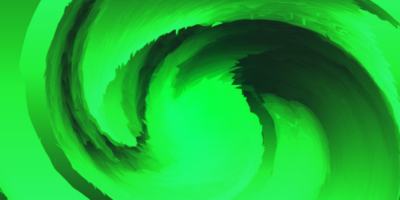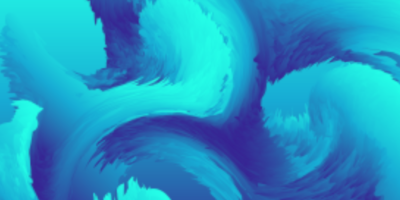Mitsuko Miwa – Full House
For over 30 years, Nagoya-based painter Mitsuko Miwa has questioned the illusory nature of the confines of a frame, and the reality of photographic representation. Combined, she has created works that deliberately deceive, instil uncertainty, disjoint, fragment, and play with dimensional relativity.
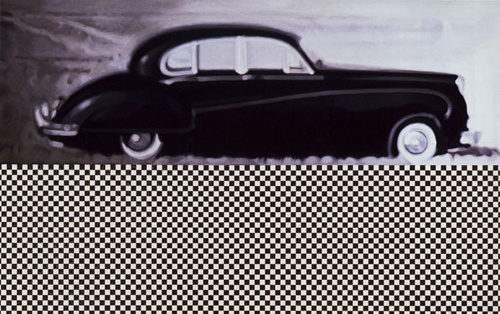
1991
Collections
162 x 194cm
oil on canvas
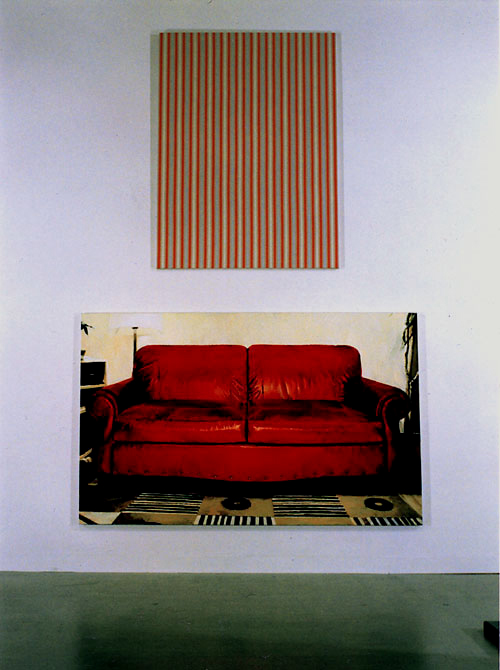
2002
INTERIOR
162 x 259cm, 194 x 145.5cm
oil on canvas
Images are juxtaposed on top of each other; paintings are completed only through pairing – itself, a cornucopia of possibility; or her motif chequerboard continuations crop and spill off canvases and onto surrounding spaces.
Her latest exhibition at SCAI The Bathhouse in Tokyo is something of a ‘mini’ retrospective, with many works going back to the early 90s. Continuing her characteristic trait of quiet irony, the exhibit is titled Full House, derived from an encounter between Miwa’s long-held images of a dream house and the feature of the venue.
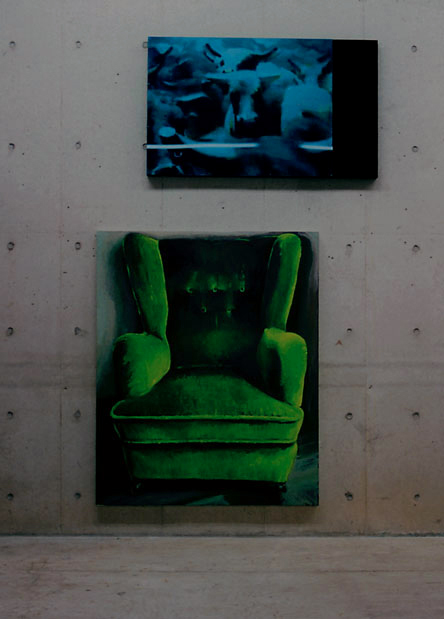
2001
Easy Chair
162 x 130.3cm, 83 x 136cm
oil on canvas, acrylic on canvas,acrylic board
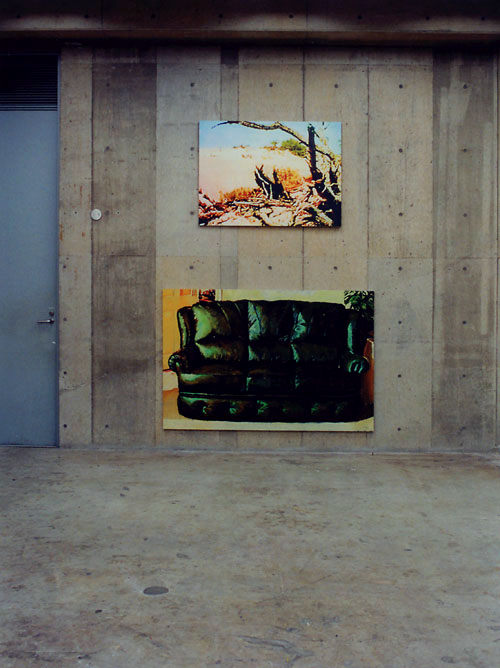
2001
Body under the floor
130.3 x 194cm, 97 x 130.3cm
oil on canvas
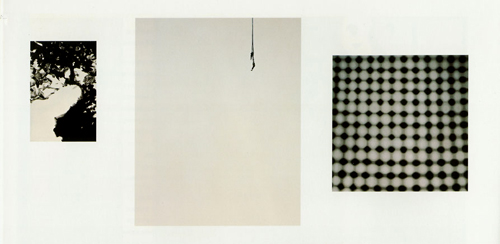
1994
Path 80.3 x 53cm
emotional rescue 227.3 x 181.8cm
Landscape Painting as Landscape 162 x 162cm
oil on canvas
Thus the main work of the exhibition, a large drawing of a house made by the artist’s hand is on the wall, with its checkered pattern extending from the bottom to cover the floor with two types of stones, granite and marble. The composition of black and beige stones on the floor, allowing the viewer to walk freely on it, appears as if projecting out from the drawing and leaping into real space. What, then, are we looking at in the large wall drawing of a house with its imaginary entrance and window, itself contained within a house which in its own way, is so full the works within it cannot be contained to themselves?
Miwa’s paintings, thoroughly devoid of narrative, seem to intrude into our real world rather than allowing us to enter into it; this may not be inconsistent with the artist’s rigorous attitude towards exploring the act of looking, with attention to the boundary between the pictorial world and real space.
“How could it be possible to vanish something without using anything other than what it is?”, she asks.
Where does image end and perception begin, and what role does a thing itself play in determining the boundary? Miwa’s paintings directly invite, if not force us, into the act of ‘looking’. Taking the entire venue as its stage, the constellation of new and old works by the painter constitutes a pictorial world peculiar to her.
Of course if you can’t get to Tokyo, you can check out her work here.


